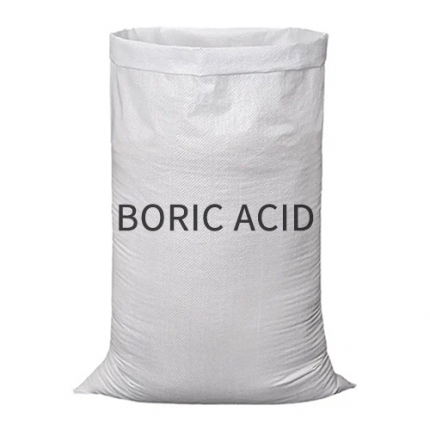Hotel linen washing method and maintenance method
1. For the linen products currently used in hotels (restaurants), the following washing and maintenance methods are specially formulated to prolong the service life of the products:
Do a good job of sorting before washing, including sorting of linen types and separation of sundries. It can be simply grouped into the following categories:
①Pay attention to product classification and washing: Bedding categories: sheets, bedspreads, quilt covers, pillowcases, bathrobes. Towel products: face towels, bath towels, square towels, floor towels, bathrobes, etc. Table cloth, mouth cloth, chair cover, sofa cover, etc. for dining table.
②Wash separately according to the degree of pollution.
③Wash the clothes separately according to the color of the clothes.
④Wash new and old clothes separately. , The natural damage and abnormal damage of the old linen should be treated separately, and the dehydration time should be different for the strength of the old and new linen.
⑤Different fabric components should be washed separately. (such as pure cotton, T/C, silk)
Two. Different washing methods such as dry cleaning, water washing and scalding are used for different products. Quilts, pillows, and blankets are not suitable for washing.
Three. Check the machine frequently, be careful when collecting and conveying the linen to prevent secondary pollution and man-made damage, and the loading amount during washing should be appropriate. Too much or too little will affect the cleanliness and wear of the linen. Different setting programs for washing severity. For example, the dehydration speed of towel products is lower than that of bed linen and mouth cloth products, and the time is shorter.
Four. Before washing, pay attention to check whether there are hard objects (coins, keys, needle scissors, lighters, etc.) in the items. To avoid damage to the machine and clothing. Empty machine to check whether there are sharp and iron impurities in the drum of the machine.
Five. Pay attention to the water quality in your area: use soft water. Hard to deal with water quality.
Six. Use the detergent correctly, master the reasonable feeding time and temperature, understand the basic characteristics and application methods of the detergent, and avoid direct contact of cotton fabrics with strong acid or corrosive chemicals. For stubborn stains, soak it in warm water (about 40 degrees) and the corresponding stain remover for 1-2 hours. Do not use chlorine bleach for dark clothes, and do not wash them locally when washing, but wash them in a large area.
Seven. Items that are prone to snagging or deformation need to be packed in laundry bags.
Eight. Several improper washing methods are easy to cause damage:
1. Wrong feeding time during washing: feeding when the water in the machine is insufficient, pay special attention to bleaching chemicals, which will easily cause the detergent to concentrate on the local area of the linen and cause damage.
2. Improper use of bleach. Misuse of detergent, according to different stains, choose the right product. Adding 0.95Kg of 1 percent bleach per 45Kg of laundry can extend fabric life and improve wash quality. Even this concentration of bleach must be completely neutralized and cleaned
3. The amount of washing is too much, the cleaning is not complete, and it remains on the clothes.
4. Wash clothes with zippers and clothes that are prone to pilling.
Nine. Drying and drying of clothes: Pay attention to the fabrics of different fabrics, and select the corresponding drying temperature (generally, there are instructions on the dryer). Filler items, quilt cores, pillow cores, blankets, etc. can be directly exposed to sunlight and patted a few times with your hands. In the case of dark fabrics, the reverse side faces the sun, and silk fabrics should not be exposed to sunlight, but should be cooled.
Storage and seasonal items should be packed in tight bags after drying, and stored in a dry and ventilated place.
The approximate service life of several linen fabrics in normal machine washing: pure cotton sheets and pillowcases: 130-150 times, blended (35% cotton) 180-220 times, towels: 100-110 times. Table cloth, mouth cloth: 120-130 times.

